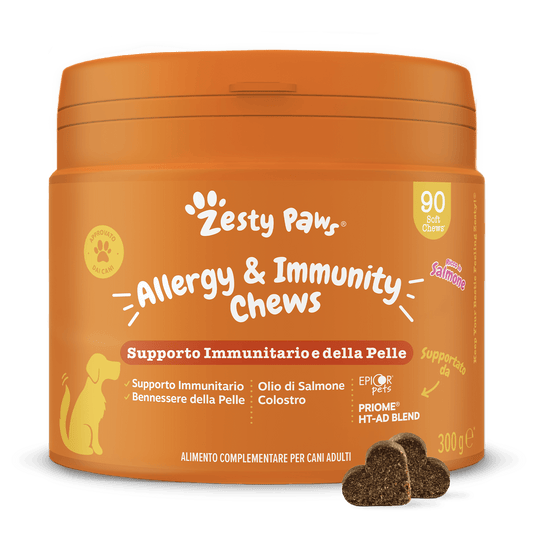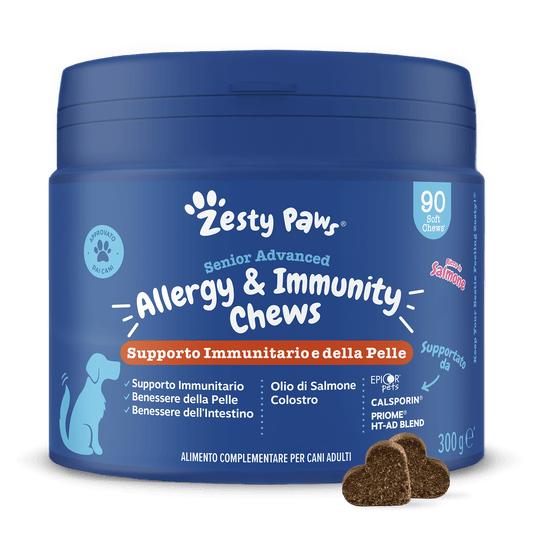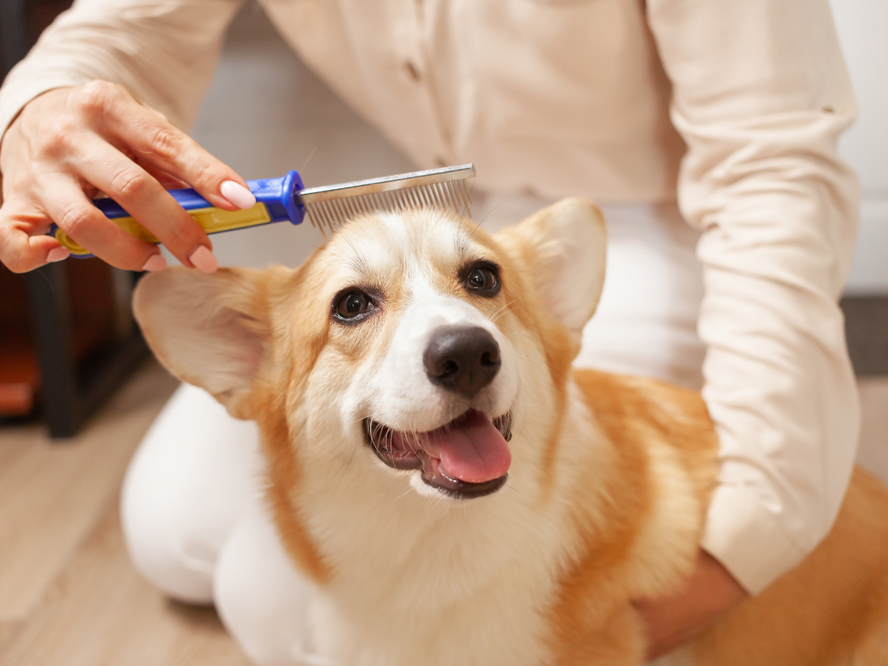Allergies in dogs can manifest in various ways, from skin irritation to gastrointestinal issues, and seeing your furry friend in discomfort can be heart-wrenching. Unlike humans who experience allergies mostly through respiratory symptoms, dogs typically show allergic reactions through their skin.
Understanding the best ways to help manage your dog's allergies can significantly improve their quality of life. Here's a helpful guide to identify, treat, and manage dog allergies for a happier, healthier pup.
Understanding the Types of Allergies
Before diving into treatments, it's essential to recognize the main types of allergies in dogs:
- Food Allergies: These can be triggered by certain proteins or carbohydrates in your dog's diet.
- Atopic Dermatitis: Usually caused by environmental factors like pollen, mold, and dust mites.
- Flea Allergy Dermatitis (FAD): Reactions to flea bites, often causing severe itching.
- Contact Allergies: Resulting from direct contact with substances like certain fabrics, plastics, or household cleaners.
Identifying Allergy Symptoms

Common symptoms indicating your dog might be suffering from allergies include:
- Excessive scratching, biting, or licking
- Red, irritated skin
- Hives or swelling
- Ear infections
- Runny eyes
- Sneezing
- Vomiting or diarrhoea (more commonly seen with food allergies)
If you notice any of these symptoms, it’s important to consult with your vet for a proper diagnosis.
Best Ways to Help Your Dog's Allergies
-
Visit Your Vet
The first step in helping your dog with their allergies is getting an accurate diagnosis. Your vet might suggest allergy testing to identify the specific allergens affecting your dog. Once identified, they can recommend a tailored treatment plan.
-
Diet Management
For food allergies, the solution often lies in diet modification. Your vet may suggest an elimination diet, where you'll remove certain ingredients from your dog's meals to determine the allergen. Once identified, you can switch to a hypoallergenic diet or a novel protein diet that doesn’t include the allergen.
-
Medications
Depending on the allergy type and severity, your vet might prescribe medications to manage the symptoms. These can include antihistamines, corticosteroids, or more advanced treatments like immunotherapy or biologic therapies for severe cases.
-
Regular Baths
Frequent bathing can help relieve itchy skin and remove allergens from your dog’s coat. Use a mild, hypoallergenic shampoo, and ensure you fully rinse your dog's coat to prevent further skin irritation.
-
Prevent Fleas
For dogs with flea allergy dermatitis, it’s vital to keep fleas at bay. This means regular use of flea control products and treating your home and yard to eliminate flea populations.
-
Environmental Management
For atopic dermatitis, minimising exposure to the allergens can help. This can involve:
- Using air purifiers to reduce airborne allergens
- Regular cleaning to reduce dust mites and mold
- Washing your dog’s bedding in hot water weekly
- Keeping your dog off the grass during high pollen counts
-
Supplements
Supplements can promote skin health and reduce inflammatory responses related to allergies. Probiotics may also help support a healthy gut, which can be beneficial for dogs with food allergies. Consider trying our Salmon Allergy & Immunity Chews for an effective solution to your dog's discomfort. These chews include EpiCor® and PRIOME® probiotics, Omega-3 fatty acids, and are scientifically formulated to enhance immune function, address allergies, and relieve dry, irritated, or sensitive skin.
Managing your dog's allergies often requires a multifaceted approach, combining dietary changes, environmental modifications, medical treatments, and regular vet care. With the right strategies, you can alleviate your dog’s discomfort and prevent future allergy flare-ups.
Always remember that each dog is unique; what works for one may not work for another. Stay observant, patient, and work closely with your vet to find the best plan for your furry friend.





